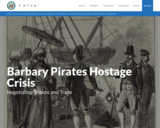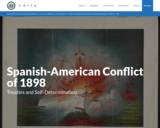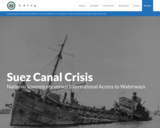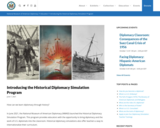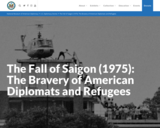
On April 30, 1975, the South Vietnamese capital of Saigon fell to the North Vietnamese Army, effectively ending the Vietnam War. In the days before, U.S. forces evacuated thousands of Americans and South Vietnamese. American diplomats were on the frontlines, organizing what would be the most ambitious helicopter evacuation in history.
The logistics of issuing visas and evacuating these Vietnamese and American citizens were not glamorous but were essential. American diplomats were behind every detail. Some diplomats showed exceptional bravery saving Vietnamese citizens who would have faced persecution under the new regime.
These artifacts and photos in our collection offer a glimpse of what diplomats and refugees experienced during the Fall of Saigon. More broadly, they show the challenging and dangerous circumstances diplomats may encounter while performing their work.
- Subject:
- History
- Political Science
- Social Science
- U.S. History
- World History
- Material Type:
- Case Study
- Primary Source
- Reading
- Provider:
- National Museum of American Diplomacy
- Author:
- National Museum of American Diplomacy
- Date Added:
- 09/27/2021
